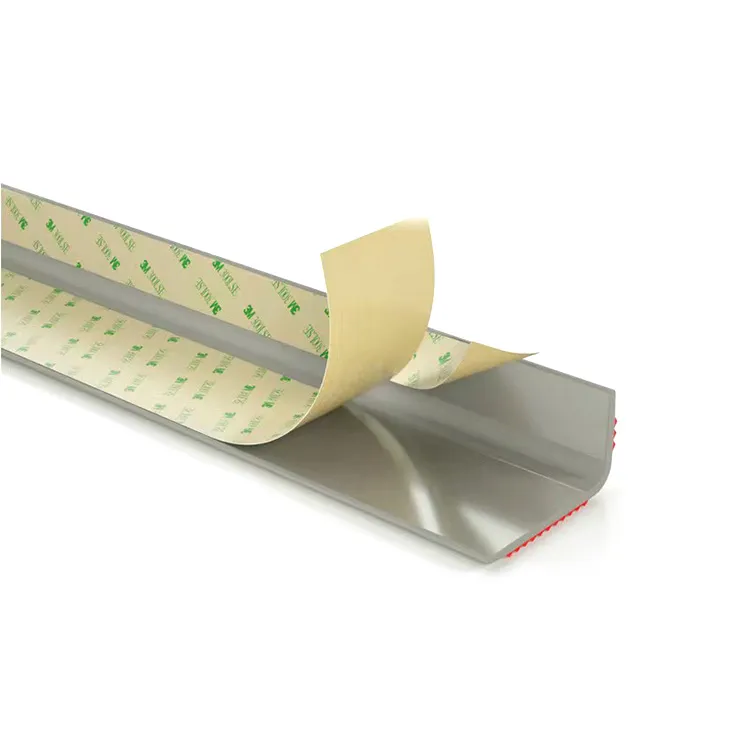bottom garage door seal types
Understanding Different Types of Bottom Garage Door Seals
When it comes to maintaining a garage, one often overlooked element is the bottom garage door seal. This component plays a crucial role in protecting your garage from the elements, pests, and moisture. Selecting the right type of bottom seal can significantly enhance the functionality and lifespan of your garage doors. In this article, we will explore the different types of bottom garage door seals, their materials, and their benefits.
1. Rubber Seals
Rubber seals are one of the most commonly used bottom garage door seals. They are made from a durable rubber material that provides excellent flexibility and resilience against the elements. Rubber seals can effectively withstand changes in temperature, making them ideal for locations with varying climates. These seals create a tight barrier against water and debris, effectively preventing the intrusion of snow, rain, and insects.
Advantages of Rubber Seals - Durability Rubber can endure harsh weather conditions without deteriorating quickly. - Flexibility The inherent flexibility of rubber allows it to conform to the ground’s irregularities, ensuring a tight seal. - Easy installation Most rubber seals can be easily cut to size and attached to the garage door with minimal tools.
2. Vinyl Seals
Vinyl seals are another popular choice for garage door sealing. Like rubber, vinyl is weather-resistant and provides a good seal against moisture and pests. Vinyl seals often have a harder surface which can offer better protection against physical damage, making them suitable for garages that experience frequent foot or vehicle traffic.
Advantages of Vinyl Seals - Lesser cost Vinyl seals tend to be more affordable than rubber options. - Sturdiness The harder nature of vinyl can resist wear and tear from daily use. - Low maintenance Vinyl is easy to clean and does not require much in terms of upkeep.
3. Brush Seals
bottom garage door seal types

Brush seals consist of bristles that attach to the bottom of the garage door. These bristles sweep along the floor as the door closes, allowing for a barrier against debris and pests while accommodating uneven surfaces. Brush seals are particularly effective for garages that may have a floor that isn’t perfectly flat.
Advantages of Brush Seals - Adaptability The bristles can flex and adapt to uneven surfaces, providing a better seal. - Debris removal As the door closes, the bristles can sweep away dirt and leaves, helping to keep the garage clean. - Airflow control These seals can also assist in reducing drafts, making them a good choice for temperature regulation.
4. Aluminum & Magnetic Seals
Aluminum seals are typically used in combination with a magnetic strip. The aluminum provides a rigid structure, while the magnetic strip creates a tight seal against the frame of the garage door. This combination is particularly effective for keeping your garage insulated and secure from the outside.
Advantages of Aluminum & Magnetic Seals - Strong seal The magnetic strip ensures that the door is tightly sealed, preventing air leaks and water intrusion. - Longevity Aluminum is resistant to rust and corrosion, enhancing the lifespan of the seal. - Security This type of seal can provide an added layer of security against unauthorized entry.
Conclusion
Choosing the appropriate bottom garage door seal can make a significant difference in the performance of your garage. Each type of seal offers unique benefits and features that can cater to various needs. Whether you prioritize durability, cost-effectiveness, or adaptability, there is a seal suitable for your garage door.
The right seal not only aids in keeping your garage clean and dry but also helps regulate temperature, making your garage a more comfortable space. Investing in a quality bottom garage door seal is a smart decision for any homeowner looking to enhance their garage's functionality while protecting their belongings from the elements. So, before you replace or install a garage door seal, consider the best option that aligns with your specific needs.
-
Under Door Draught Stopper: Essential ProtectionNewsJul.31,2025
-
Garage Door Seal and Weatherstrips for ProtectionNewsJul.31,2025
-
Edge Banding Tape for Perfect EdgesNewsJul.31,2025
-
Table Corner Guards and Wall Corner ProtectorsNewsJul.31,2025
-
Stair Nose Edging Trim and Tile Stair SolutionsNewsJul.31,2025
-
Truck Bed Rubber Mats for Pickup BedsNewsJul.31,2025
-
Window Weather Stripping for Noise ReductionNewsJul.29,2025